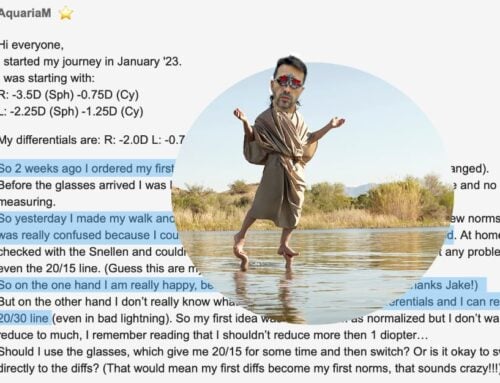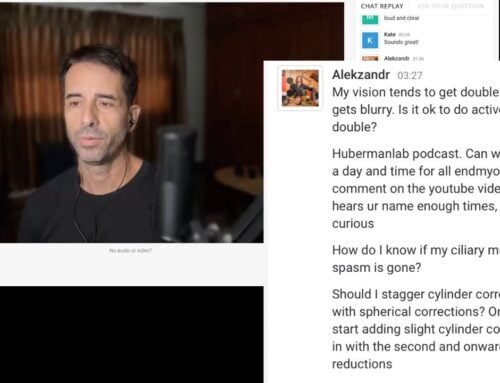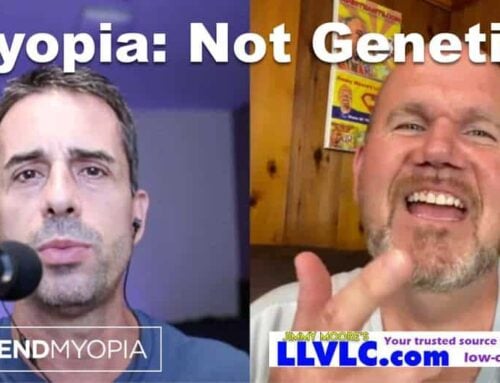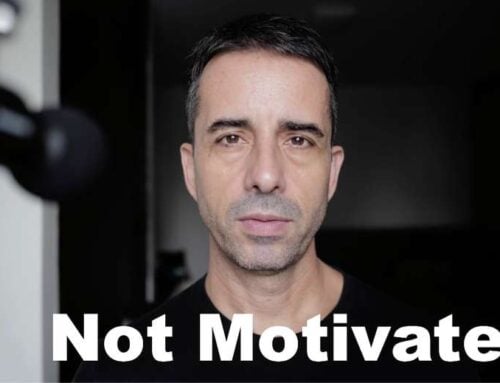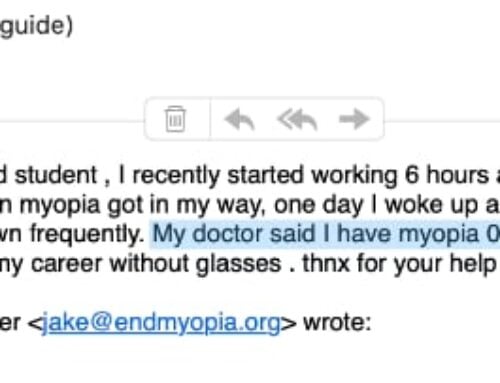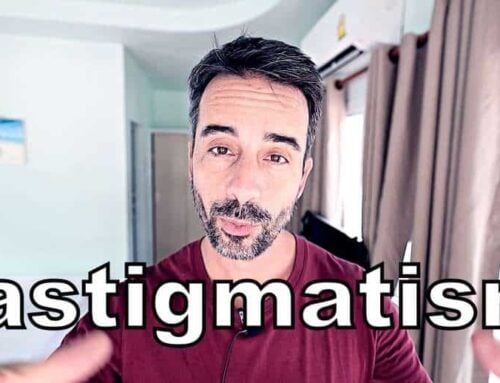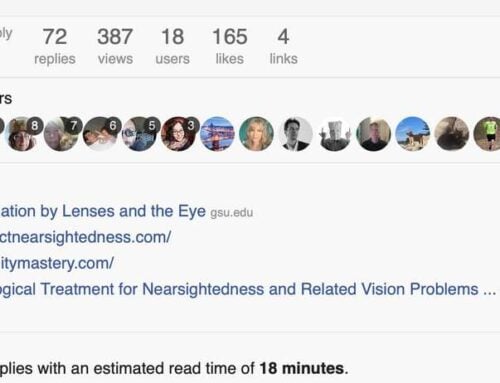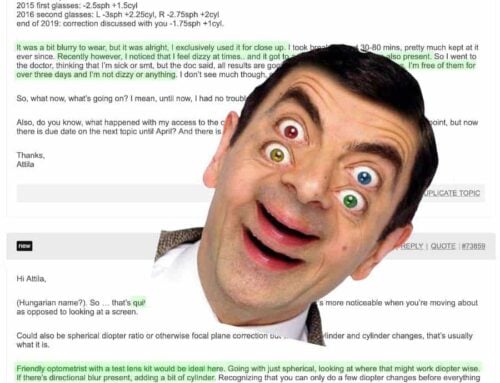If you missed the previous installment, click here: How Astigmatism is Measured.
So we discussed why it is rather difficult to correctly measure astigmatism in a meaningful way. We figured out that the astigmatism correction in your lenses is probably not representative of any real vision deficiency you might have.
The problem of course, is that the first time you got an astigmatism correction, it was probably not necessary (or accurate). Since then though, your eyes acclimated to that correction. The correction was likely increased as well, as it is customary in many optic shops. Now the astigmatism is in fact real, for your eyes.
Let’s look at why I refer to astigmatism correction as ‘high fructose corn syrup’.
Without getting too much into nutrition, high fructose corn syrup is of course a substitute for sugar. It’s cheaper, and many studies show that it has some increased detrimental effects on health over sugar. All in all, high fructose corn syrup is an easy way to increase food product profits, at the expense of the consumer’s health.
In more cases than not, astigmatism correction shares some similarities here. I am not suggesting malice on the part of your optic shop. It is just that low myopia usually has either zero eyeball elongation, or very very minimal elongation. Astigmatism primarily is an issue when you have high myopia, your eyeball grew longer, and is now deformed – so astigmatism is an actual problem. There are of course other cases, but they aren’t really much of a common problem.
Still, when you sit in that chair, in the dark room, looking at that eye chart, things may look sharper, in a way, with some added astigmatism correction. As discussed in the previous installment, this isn’t necessarily a consistent result. It is also very subjective, especially when applied in small degrees.
Remember, astigmatism correction isn’t just adjustment of the simple focal plane like the spherical (regular myopia) adjustment – it also happens on an axis. Applying a small amount (or a small change) in less than ideal conditions (which most eye exams are), and subjectively having you decide if you can see better, isn’t much of a basis to add this correction.
Likewise, several of the commonly used tools that make this measurement on your behalf, are far less than accurate.
So then, why astigmatism correction?
Not so much anymore, and varying per country and outlet, the increased complexity of the astigmatism corrected lenses makes them more expensive. They did / can increase the profitability from the lens maker on, down to the optic shop. Today, especially when shopping online, and with the increased competition, this is the case less so than before.
It also locks you in to buy prescriptions that are not easily available elsewhere.
In some countries you can buy glasses, off the shelf, at various prescription strengths. This is very efficient, easy, and reduces the perceived need for specialized shops, to cut you specialized types of lenses. Of course this is no good for most of the industry that currently defines the distribution end of the business (manufacturing, could not care less, but distribution usually rules any given industry segment).
Optic shops would not like you to buy an accurate, functioning prescription at the corner grocery store.
And that’s what astigmatism correction adds. It makes glasses very specific to you, and you only. It makes your prescription far more complex, and as such ties you to prescription papers (and doctors, and the optic shop), and an outlet that carries and cuts these specialized lenses for you.
Again, I am not suggesting malice here. These are just some of the facts, which incidentally cause you to be more dependent on these prescription dispensers, and optic shops.
In most cases, early myopia is very straightforward. There is always a dominant (stronger) eye, but not by much. It isn’t till emphasized by prescription lenses, that our eyes tend to get further off course. It isn’t till emphasized by prescription lenses, that we tend to have much astigmatism. How much astigmatism is there, ever, in a low myope? Vs. a high myope? It isn’t until we create this dependency, focus on small flaws and magnify them by “correction”, that we create this whole monster of corrective vision complexity.
This high fructose corn syrup does you no favors. Unfortunately, if you have depended on complex prescriptions for years, just ‘quitting’ will do you no good. Rehabilitation, done correctly, means taking deliberate and slow counter measures to reduce your prescription dependency, and return your vision to its natural state.
Of course there are my Vision Improvement Courses, and the many blog and forum subjects to guide you on this topic.


